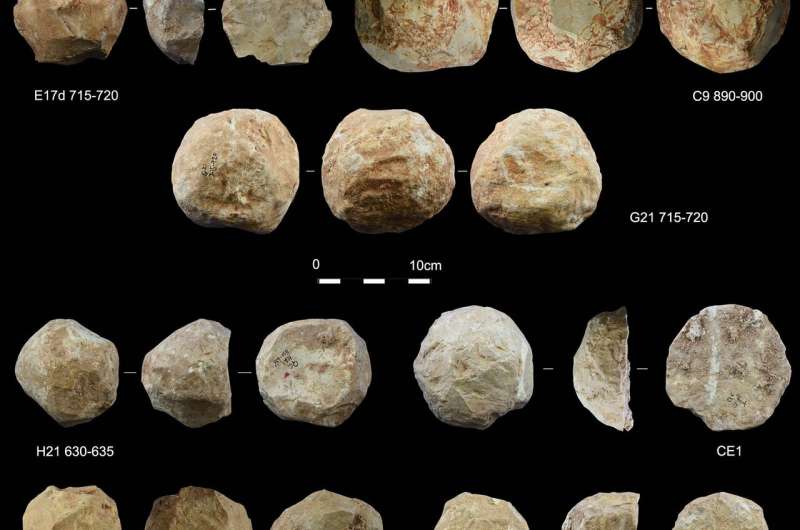Thinking Back to the Very Beginnings of Art
It just appears, from great antiquity, and we really don’t know why. All we know is that animals don’t do itRecently, paleontologist Gunter Bechly noted at Evolution News, “In my humble opinion, the evidence for symbolic thinking, language, and genetic admixture clearly suggests that Neanderthals belong to our very own species.” The reason that such a statement might seem controversial in some quarters is that it was long held that Neanderthals did not think like modern humans do and could not have produced artwork. Put simply, they were not “like us.”
But there is now evidence of something like artwork among several ancient human types, not just Neanderthals. Thus, an academic controversy has arisen: “But is it really ‘art’?”
We are more accustomed to hearing that question debated fiercely in and around modern art galleries than paleontology departments. Thus, some seek to shift the discussion to something more general and basic. Take, for example, the Neanderthal etchings on a deer’s toe bone from the Unicorn Cave 51,000 years ago:
“The engraved bone from Einhornhöhle is at least 50,000 years old and thus ranges among the oldest known symbolic objects,” said Dirk Leder, an archaeologist with the Lower Saxony state government who has published research on the object. The meaning of the symbolism is lost to time, but it may have been “a device intended to communicate with other group members, outsiders, spirits or the like — we simply don’t know,” he said.
Tom Metcalfe, “Did art exist before modern humans?New discoveries raise big questions,” LiveScience, February 2, 2024
Leder calls it “pre-art” but perhaps symbolic representation would be a useful term here. It seems to mean something but we are not sure what.
There are also the numerous stone “spheres” (spheroids) from 2 million years ago and onward:
Cupules
Science writer Tom Metcalfe also points to very ancient cupules, symmetric round holes made in rocks.
Were they all by-products of a routine activity? Or did they have a purpose of their own? Or was it perhaps a bit of both?
Archaeologist and psychologist Derek Hodgson told Metcalfe,
The ancient stone spheres, too, may be a sign that an interest in geometry was developing at that time, when early hominins experimented with symmetry to assess its merits, he said. But although this sense of symmetry is seen in early humans, it seems to be absent in some of our closest living relatives, Hodgson said. “Recent research on nonhuman primates, such as baboons, found that they were unable to identify symmetrical patterns… in contrast to modern humans, who found this task to be easy,” he said.
Metcalfe, “New discoveries raise big questions,”
The fact that animals simply don’t do these things may be a sore point with some paleontologists. It would have been so satisfying to discover a long, slow, Darwinian progression of abstract ideas from the lemur through the chimpanzee to the human. Instead, we find humans of some type well over a million years ago apparently trying to shape a perfect sphere. As noted earlier, it is as if the human mind has no history.
The problem is, so much is lost that it is risky to draw conclusions. But what’s remarkable is how we humans have expressed ourselves with whatever is available.
And we keep learning new things about that. We learned last year that early humans hunted beavers in Europe 400,000 years ago. (The beavers’ bones show evidence of damage from tool use.) So little has really been explored that we can at least hope that new discoveries will shed light on the meanings of early human symbols.
You may also wish to read: Asked at Psychology Today: Were Neanderthals religious? We can’t poll long-dead Neanderthals on life, death, and the hereafter but the evidence we’ve dug up suggests they were thinking about that kind of thing. We must mentally step outside nature to consider things like how the world was created or what lies beyond death. Immaterial minds can do that.

